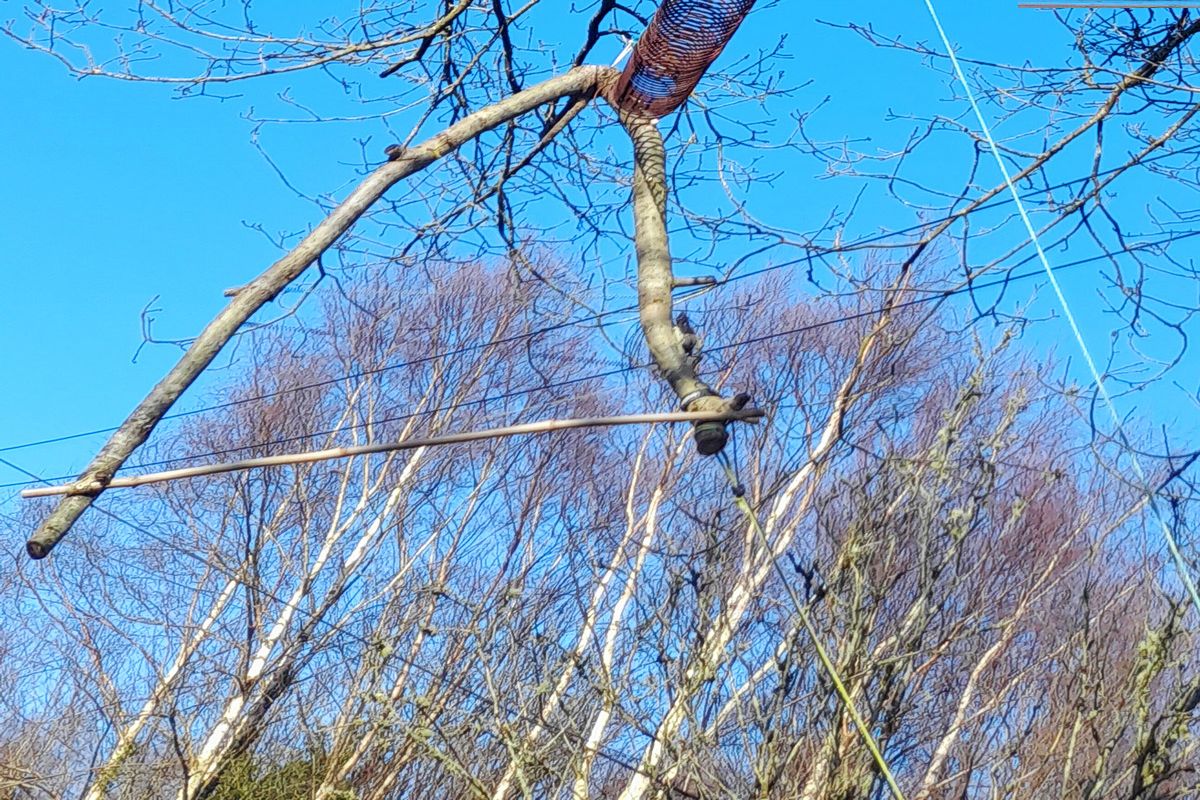
Chronogeography is a fascinating field that combines time and space to understand how human activities and natural processes change over periods. But what exactly is chronogeography? It’s the study of spatial and temporal patterns—think of it as a way to map out events and movements over time. This discipline helps us see how cities evolve, how people migrate, and even how climate changes impact different regions. Imagine tracking the spread of a language or the migration of animals across continents. Chronogeography provides tools to visualize these changes, making complex data easier to understand. Ready to dive into some intriguing facts about this unique field? Let's get started!
What is Chronogeography?
Chronogeography is the study of how time and space interact. It looks at how people's movements and activities change over time and across different places. This field combines geography and history to understand patterns and trends.
- Chronogeography was first introduced by Swedish geographer Torsten Hägerstrand in the 1960s.
- It uses time-space diagrams to visualize how individuals move through time and space.
- The field helps in urban planning by understanding how people use different parts of a city at different times.
- Environmental studies benefit from chronogeography by tracking how natural resources are used over time.
- It can also be applied to public health to study the spread of diseases in different regions over time.
Tools and Techniques in Chronogeography
Chronogeographers use various tools and techniques to gather and analyze data. These methods help them create detailed maps and models.
- GPS technology is often used to track movements and gather location data.
- GIS (Geographic Information Systems) helps in mapping and analyzing spatial data.
- Time-space diaries are used to record individuals' activities and movements throughout the day.
- Remote sensing involves using satellite images to gather data about large areas.
- Big data analytics helps in processing and analyzing large datasets to find patterns.
Applications of Chronogeography
Chronogeography has many practical applications in different fields. It helps solve real-world problems by providing valuable insights.
- Transportation planning uses chronogeography to optimize routes and schedules.
- Disaster management benefits by understanding evacuation patterns and resource distribution.
- Retail businesses use it to analyze customer behavior and improve store locations.
- Tourism planning uses it to manage tourist flows and improve visitor experiences.
- Agriculture benefits by tracking crop cycles and optimizing planting schedules.
Chronogeography in History
Chronogeography is not just about the present; it also looks at historical patterns. This helps us understand how past events have shaped current landscapes.
- Historical maps are used to study changes in land use over time.
- Archaeology benefits by understanding how ancient civilizations moved and settled.
- Migration studies use it to track population movements over centuries.
- Military history uses it to analyze troop movements and battle strategies.
- Cultural studies benefit by understanding how cultural practices spread over time and space.
Challenges in Chronogeography
Despite its many benefits, chronogeography faces several challenges. These obstacles can make it difficult to gather accurate data and draw meaningful conclusions.
- Data privacy concerns arise when tracking individuals' movements.
- Data accuracy can be an issue, especially with self-reported time-space diaries.
- Technological limitations can hinder the collection and analysis of data.
- Interdisciplinary collaboration is often required, which can be challenging to coordinate.
- Ethical considerations must be addressed when studying sensitive topics like health or migration.
Future of Chronogeography
The field of chronogeography is constantly evolving. New technologies and methods are being developed to improve data collection and analysis.
- Artificial intelligence is being used to analyze complex datasets more efficiently.
- Wearable technology like smartwatches can provide real-time data on movements and activities.
- Crowdsourcing allows for the collection of large amounts of data from many people.
- Virtual reality is being explored as a tool for visualizing time-space data.
- Sustainability studies are using chronogeography to track and reduce environmental impact.
Time and Space: A Fascinating Intersection
Chronogeography offers a unique lens to view the world. By combining time and space, it reveals patterns and connections that might otherwise go unnoticed. From understanding historical events to planning urban spaces, this field has practical applications that impact our daily lives. It’s not just about maps and timelines; it’s about seeing how our world evolves and interacts over time.
Whether you’re a student, a history buff, or just curious, diving into chronogeography can be eye-opening. It helps us appreciate the complexity of our surroundings and the intricate dance between time and place. So next time you look at a map or think about history, remember the hidden layers of chronogeography. It’s a reminder that our world is a dynamic, ever-changing tapestry, woven together by the threads of time and space.
Was this page helpful?
Our commitment to delivering trustworthy and engaging content is at the heart of what we do. Each fact on our site is contributed by real users like you, bringing a wealth of diverse insights and information. To ensure the highest standards of accuracy and reliability, our dedicated editors meticulously review each submission. This process guarantees that the facts we share are not only fascinating but also credible. Trust in our commitment to quality and authenticity as you explore and learn with us.
